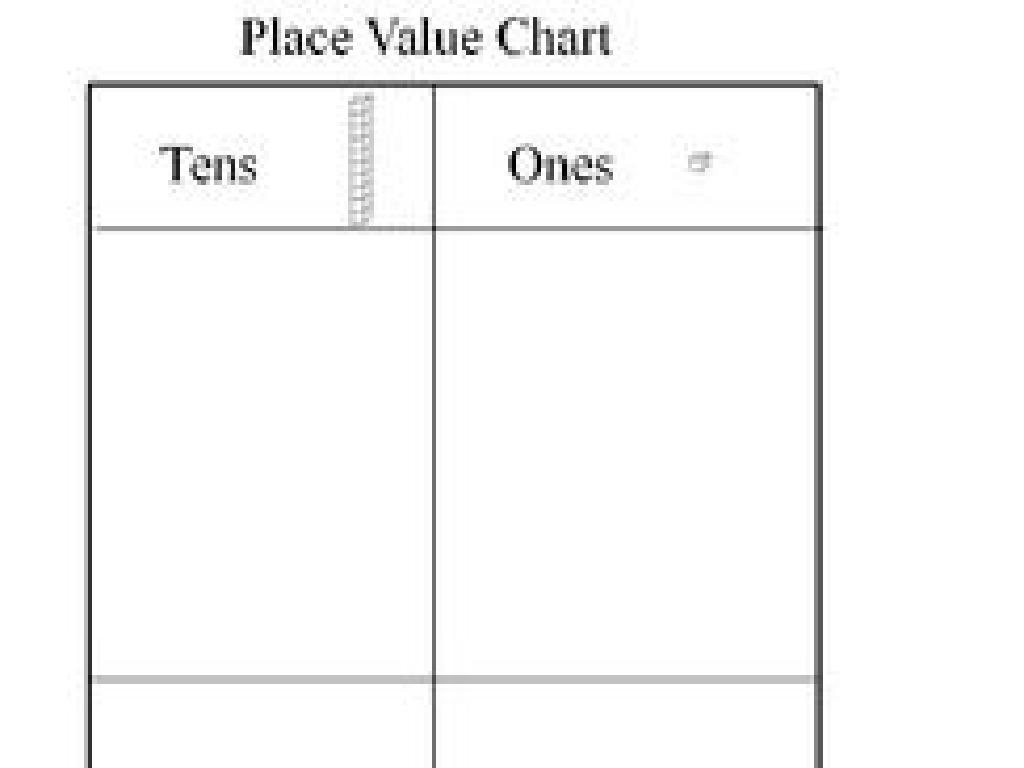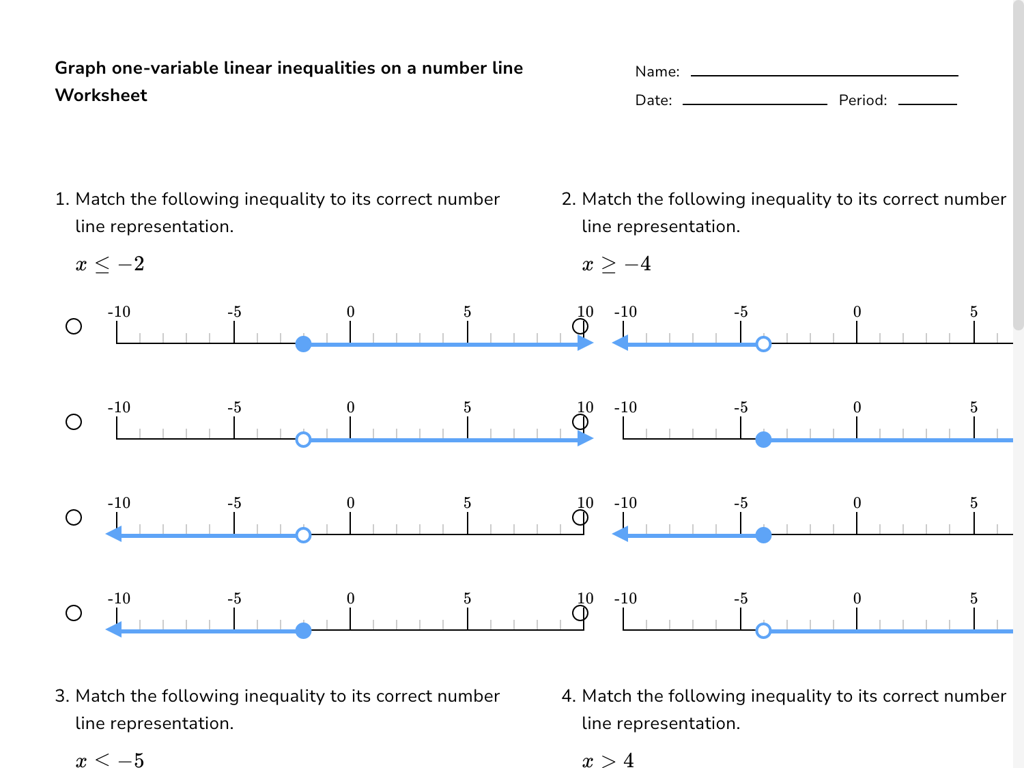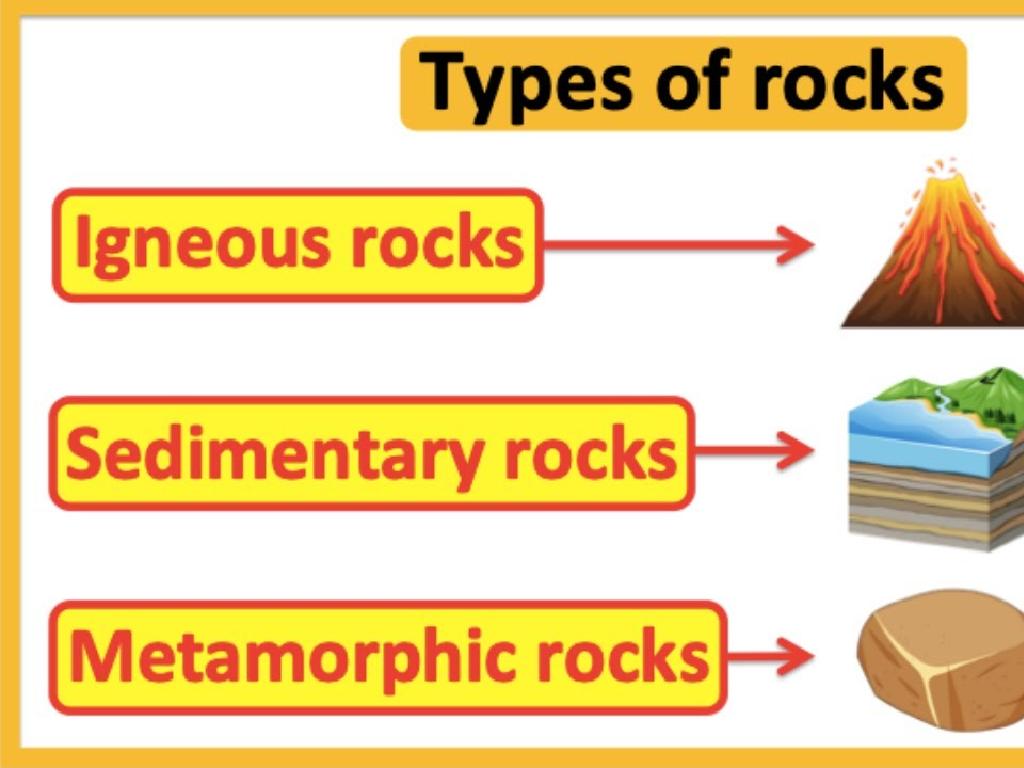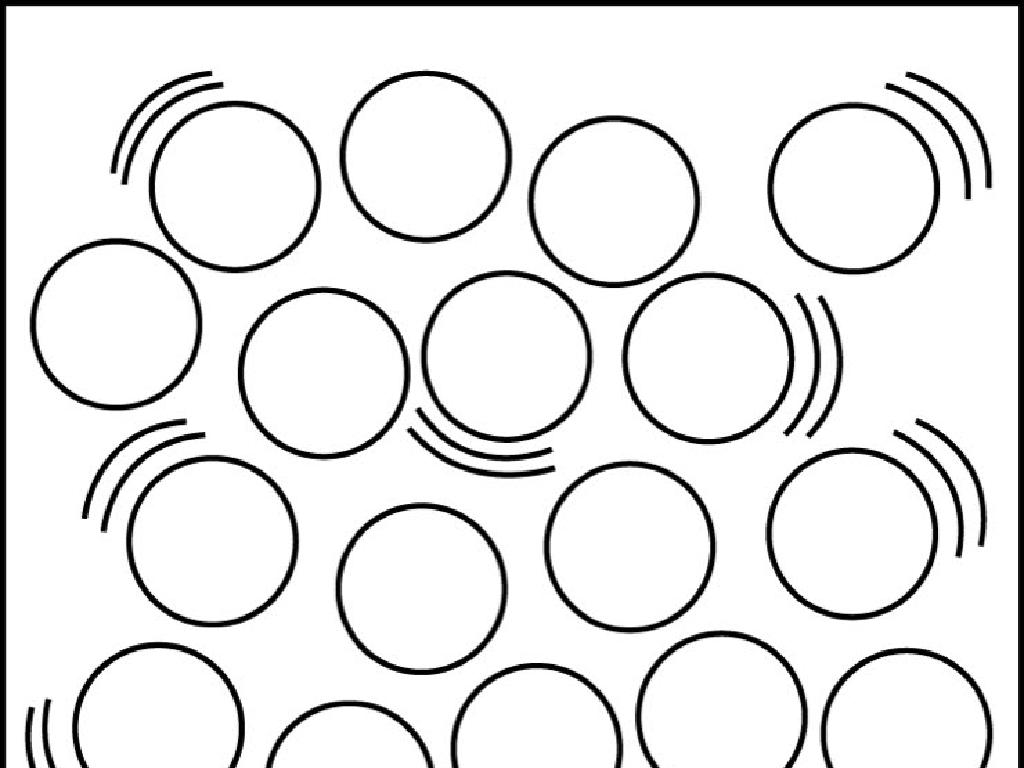Identify Plant Parts And Their Functions
Subject: Science
Grade: Fifth grade
Topic: Plants
Please LOG IN to download the presentation. Access is available to registered users only.
View More Content
Welcome to the World of Plants!
– Importance of plants in ecosystems
– Plants provide habitat and maintain the atmosphere.
– Plants as a source of oxygen and food
– They produce oxygen through photosynthesis and are key in food chains.
– Overview of plant parts
– Roots, stems, leaves, flowers, fruits, and seeds.
– Functions of each plant part
– Each part plays a role in growth, reproduction, and survival.
|
Begin the lesson by discussing the critical role plants play in sustaining life on Earth. Highlight how they contribute to ecological balance, produce oxygen, and serve as the foundation of food webs. Introduce the main topic of identifying plant parts and their functions, emphasizing that each part has a unique and vital role in the plant’s life cycle. Explain that roots anchor the plant and absorb water and nutrients, stems provide support, leaves are involved in photosynthesis, flowers attract pollinators, fruits protect seeds, and seeds give rise to new plants. Encourage students to think about how each part contributes to the plant’s overall health and ability to reproduce.
Exploring the World of Plants
– What are plants?
– Living organisms that grow in soil, need water and light.
– Plants’ role in ecosystems
– They provide oxygen, reduce carbon dioxide, and form habitats.
– Photosynthesis process
– Using sunlight to convert water and CO2 into glucose and oxygen.
– Plants as food producers
|
This slide introduces students to the basic concept of plants, emphasizing their importance in the ecosystem and their unique ability to produce their own food through photosynthesis. Begin by defining plants as living organisms that are vital to our planet’s health. Discuss how plants contribute to the ecosystem by producing oxygen, reducing carbon dioxide, and providing habitats for other organisms. Explain photosynthesis as the process by which plants use sunlight to transform water and carbon dioxide into glucose, which they use for energy, and oxygen, which is released into the air. Highlight the fact that without plants, life as we know it would not be possible. Encourage students to think of ways plants affect their daily lives and the environment.
Plant Parts and Their Functions
– Roots: Support and absorb
– Roots keep the plant stable and take in water and nutrients from soil.
– Stem: Transport and support
– Stems act like a highway, moving water and nutrients between roots and leaves.
– Leaves: Photosynthesis
– Leaves are the food factories, using sunlight to make food for the plant.
– Flowers: Reproduction
– Flowers attract pollinators with their colors and scents to help produce seeds.
– Fruits: Seed protection and dispersal
– Fruits develop from flowers and contain seeds, aiding in spreading them.
– Seeds: Plant reproduction
– Seeds are the beginning of a new plant life, containing the embryo and nutrients.
|
This slide introduces the main parts of a plant and their primary functions, which are essential for the survival and reproduction of the plant. Roots anchor the plant and absorb water and nutrients. Stems provide support and transport these resources to the leaves. Leaves are where photosynthesis occurs, converting sunlight into energy. Flowers are the reproductive part of the plant, leading to the formation of fruits and seeds. Fruits protect the seeds and help in their dispersal, while seeds are the means by which a plant species reproduces and passes on genetic material. Encourage students to think of examples of each plant part they see in their daily lives and discuss the importance of each part in the life cycle of a plant.
Exploring Plant Roots
– Roots absorb water and nutrients
– Like a straw, roots draw up water and minerals from the soil
– Roots anchor the plant firmly
– They act like an anchor, keeping the plant stable in the ground
– Roots can store food for plants
– Some roots, like carrots, store food as energy for the plant
– Types: Taproot and Fibrous roots
– Taproots go deep, fibrous roots spread out
|
This slide introduces students to the importance of roots in plant life. Begin by discussing how roots function like straws, absorbing essential water and nutrients from the soil, which are vital for a plant’s growth. Explain that roots also help to anchor the plant, preventing it from being easily uprooted by wind or erosion. Highlight that roots can serve as storage for food, which the plant can use during less favorable growing conditions. Differentiate between the two main types of roots: taproots, which are typically found in plants like dandelions and carrots and grow deep into the soil, and fibrous roots, which spread out closer to the surface and are common in grasses. Encourage students to think of examples and to consider the different environments where each root type might be advantageous.
Exploring Plant Stems
– Stem supports leaves and fruits
– Transports water and nutrients
– Acts like a straw, moving sap with water and minerals from roots to leaves
– Types: Herbaceous and Woody
– Herbaceous are soft and green, Woody are hard and rigid
– Investigate stem functions
|
This slide focuses on the stem, an essential part of a plant’s anatomy. The stem serves multiple functions, including providing support for leaves, flowers, and fruits, which allows them to reach sunlight and perform photosynthesis. It also acts as a conduit for water and nutrients, transporting them from the roots to other parts of the plant. There are two main types of stems: herbaceous, which are flexible and usually green, and woody, which are rigid and provide additional support. Encourage students to touch and feel different types of stems if possible and discuss how their structure relates to their function. This tactile experience can help solidify their understanding of stem types and functions.
Exploring Leaves: Functions and Parts
– Leaves and Photosynthesis
– Leaves use sunlight to make food for the plant.
– Transpiration in Leaves
– Leaves release excess water vapor into the air.
– Gas Exchange Process
– Leaves take in carbon dioxide and release oxygen.
– Anatomy of a Leaf
– Blade, petiole, and veins each play a role.
|
This slide focuses on the importance of leaves to a plant’s survival. Photosynthesis is the process by which leaves use sunlight to convert carbon dioxide and water into glucose, which is food for the plant. Transpiration helps regulate water within the plant and contributes to the water cycle. Gas exchange is crucial for providing the plant with carbon dioxide for photosynthesis and releasing the oxygen that we breathe. The anatomy of a leaf includes the blade, which is the broad, flat part; the petiole, which connects the leaf to the stem; and the veins, which transport water, nutrients, and food. Encourage students to observe leaves from different plants and identify these parts and functions.
Flowers, Fruits, and Seeds: Their Functions
– Flowers aid in reproduction
– They attract pollinators like bees and butterflies
– Fruits safeguard and disperse seeds
– Fruits can be eaten by animals who spread seeds far away
– Seeds carry the future plant
– The embryo inside will grow into a new plant
– Seeds provide nutrients to seedlings
– They contain food that helps the young plant grow
|
This slide focuses on the functions of flowers, fruits, and seeds in the life cycle of plants. Flowers are not just for beauty; they play a crucial role in reproduction by attracting pollinators, which is essential for the transfer of pollen. Fruits protect the seeds and often aid in their dispersal; when animals eat fruits, they can carry seeds to new locations. Seeds are remarkable in that they contain the embryo of a future plant, ready to grow when conditions are right, and they also store nutrients that provide a vital food source for the seedling as it begins to grow. Encourage students to think of examples of fruits they eat that contain seeds and discuss how those seeds might be dispersed in nature.
The Life Cycle of a Plant
– Start with a seed
– Germination: Seed sprouts
– The seed begins to grow with water and warmth
– Growth: Stem and leaves
– The plant develops roots, a stem, and then leaves
– Reproduction: Flowers bloom
– Flowers are the reproductive part of the plant
– Pollination: Transfer of pollen
– Pollen moves from one flower to another
– Seed spreading: Cycle continues
– Seeds are dispersed to grow new plants
|
This slide introduces the stages of a plant’s life cycle, which is a fundamental concept in plant biology. Begin by explaining that the life cycle starts with a seed, which, under the right conditions of water and warmth, will germinate and sprout. As the plant grows, it develops roots to absorb nutrients, a stem to reach for the sun, and leaves to photosynthesize. Reproduction occurs when the plant blooms, leading to pollination, often with the help of insects or wind. Finally, seed spreading allows the cycle to start anew. Encourage students to think about how each stage is crucial for the survival of plant species and to observe these stages in real life if possible.
Class Activity: Plant Dissection
– Dissect a flower to learn parts
– Each student receives a flower
– Use dissection kit carefully
– Identify parts and functions together
– We’ll explore parts like petals, stem, leaves, and roots and learn what each part does for the plant.
|
This hands-on activity is designed to help students learn about the different parts of a plant and their functions by dissecting a flower. Each student will be provided with their own flower and a dissection kit. The teacher will guide the class through each step of the dissection, ensuring that students can identify and understand the role of each part, such as the petals, stem, leaves, and roots. Safety is a priority, so ensure students handle their kits with care. Possible activities include identifying the reproductive parts of the flower, examining the stem’s structure, and discussing photosynthesis in leaves. This activity will provide a tactile learning experience that reinforces the lesson on plant biology.
Plant Parts: Conclusion & Review
– Recap plant parts/functions
– Roots absorb, Stem supports, Leaves photosynthesize
– Importance of plant knowledge
– Plants are vital for ecology and our survival
– Homework: Plant diagram
– Draw, label parts: roots, stem, leaves, flower
|
This slide aims to summarize the lesson on plant parts and their functions. Emphasize the role of each part: roots for absorption and anchorage, stems for support and transport, leaves for photosynthesis, and flowers for reproduction. Highlight the importance of understanding plants, as they are crucial for the environment and human life, providing oxygen, food, and maintaining ecological balance. For homework, students should draw a complete plant and label each part to reinforce their learning. This activity will help solidify their understanding of plant anatomy and the role of each part in the plant’s life cycle.






